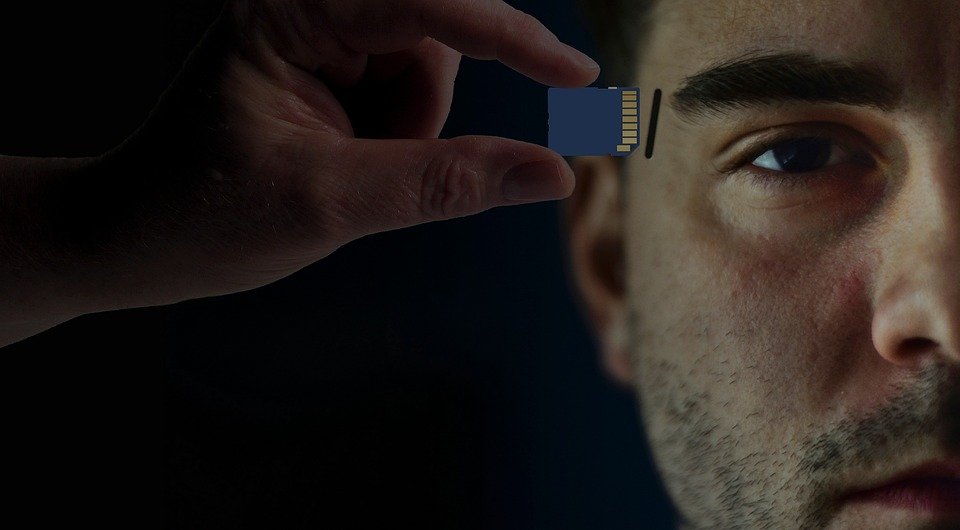Ionic Lattice: The Key to Understanding Ionic Bonding and Crystal Formation
Introduction
Ionic compounds are a vital part of chemistry, serving as the building blocks for countless materials and substances in our everyday lives. Understanding the concept of ionic bonding and crystal formation is crucial for comprehending the properties and behaviors of these compounds. At the heart of this understanding lies the concept of an ionic lattice, which plays a fundamental role in shaping the structure and properties of ionic compounds. In this article, we will explore the concept of an ionic lattice, its relationship to ionic bonding, and how it contributes to the formation of crystals.
What is an Ionic Lattice?
An ionic lattice refers to the three-dimensional arrangement of ions in an ionic compound. In an ionic bond, one atom donates electrons to another, resulting in the formation of positively charged cations and negatively charged anions. These oppositely charged ions are held together by strong electrostatic forces, creating a stable structure known as an ionic lattice.
How is an Ionic Lattice Formed?
The formation of an ionic lattice begins with the transfer of electrons from a metal atom to a non-metal atom. The metal atom loses electrons to form positively charged cations, while the non-metal atom gains electrons to form negatively charged anions. The resulting ions are then attracted to one another due to their opposite charges, leading to the formation of an ionic lattice.
Structure of an Ionic Lattice
An ionic lattice is characterized by a repeating pattern of ions, which are arranged in a highly organized manner. The arrangement is such that each ion is surrounded by ions of the opposite charge, maximizing the electrostatic attraction between them. This arrangement is often represented using a crystal lattice structure.
Properties of Ionic Lattices
Ionic lattices possess several key properties that contribute to the overall behavior of ionic compounds:
- High melting and boiling points: Ionic compounds have high melting and boiling points due to the strong electrostatic forces of attraction between ions in the lattice. These forces require a significant amount of energy to break, resulting in elevated melting and boiling points.
- Brittleness: Ionic compounds are typically brittle in nature. When a force is applied, the layers of ions in the lattice can shift, causing like-charged ions to align. This repulsion leads to the formation of cracks and the subsequent fragmentation of the crystal structure.
- Electric conductivity: In the solid state, ionic compounds do not conduct electricity as the ions are fixed in their positions within the lattice. However, when molten or dissolved in water, the ions become mobile and can carry electric current.
- Crystal cleavage: Ionic lattices often exhibit distinct planes of cleavage due to the regular arrangement of ions. These planes represent areas of weakness in the lattice where the crystal can easily break along specific directions.
Role of Ionic Lattices in Crystal Formation
Crystal formation occurs when individual ions in the lattice come together to form a repeating pattern, resulting in a large, well-defined crystal structure. The ionic lattice provides the framework for crystal formation, ensuring that ions are arranged in a precise and orderly manner.
During crystal formation, the ions in the lattice arrange themselves in a way that minimizes the overall energy of the system. This arrangement is achieved by maximizing the attractive forces between oppositely charged ions and minimizing the repulsive forces between like-charged ions. The resulting crystal structure reflects this balance and exhibits a high degree of symmetry.
FAQs (Frequently Asked Questions)
Q: What is the difference between an ionic bond and an ionic lattice?
A: An ionic bond refers to the electrostatic attraction between positively and negatively charged ions, while an ionic lattice refers to the three-dimensional arrangement of these ions in a crystal lattice structure.
Q: Do all ionic compounds form an ionic lattice?
A: Yes, all ionic compounds form an ionic lattice. The formation of an ionic lattice is a consequence of the strong electrostatic forces of attraction between oppositely charged ions.
Q: Can you provide examples of ionic compounds and their corresponding ionic lattices?
A: Certainly! Examples of ionic compounds and their corresponding ionic lattices include sodium chloride (NaCl), which forms a cubic lattice, and calcium carbonate (CaCO3), which forms a trigonal lattice.
Q: How does the structure of an ionic lattice contribute to the physical properties of an ionic compound?
A: The structure of an ionic lattice determines the arrangement of ions and the strength of the electrostatic forces between them. This, in turn, influences properties such as melting and boiling points, brittleness, and cleavage planes.
Q: Can an ionic lattice be disrupted or destroyed?
A: Yes, an ionic lattice can be disrupted or destroyed by supplying enough energy to overcome the electrostatic forces between the ions. This can occur through processes such as melting, dissolving, or chemical reactions that break the bonds within the lattice.
Q: Are there any practical applications of understanding ionic lattices?
A: Yes, understanding ionic lattices is crucial in various fields, including materials science, pharmacology, and energy storage. It allows scientists and researchers to predict and manipulate the properties of ionic compounds, leading to the development of new materials and improved technologies.
Conclusion
Ionic lattices are the foundation of ionic compounds, playing a crucial role in their structure, properties, and behavior. By understanding the concept of an ionic lattice, we gain valuable insights into the nature of ionic bonding and crystal formation. This knowledge not only enriches our understanding of chemistry but also paves the way for advancements in various scientific and technological fields.

